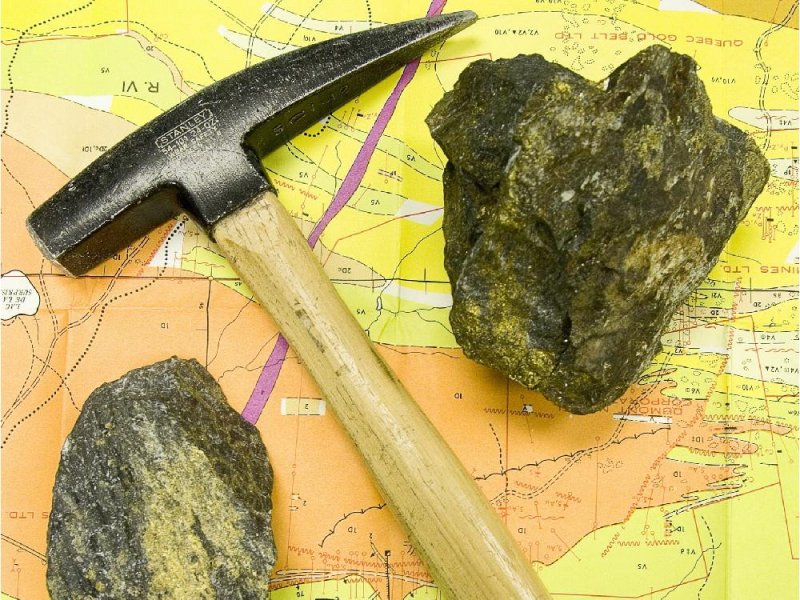Regeneration of Activated Carbon used for Recovery of Gold
The process of treating granular activated carbon for return to service in the recovery of gold in Carbon in Pulp and Carbon in Leach circuits has been investigated. Carbons from four U.S.A. mines, one Canadian mine and one South African mine were characterized before and after regeneration. The use of thermal gravimetric analyses demonstrated the […]
Zero Order Production of Fines in Grinding
The phenomenon of zero order production of fines associated with the batch comminution of monosize feeds in tumbling mills has been examined in the context of the size discretized population balance model. It has been shown that the model admits zero order production kinetics only in an approximate sense. The necessary and sufficient conditions for […]
Portable Crushing
Decreasing ore grades and increasing labor and material costs have seriously eroded the economic vitality of many mining operations. Coupled with global economic stagnation and recession in the early 1980’s, these conditions have forced re-evaluation of operating strategies and methodologies with the objective of remaining competitive in a world marketplace. An important factor in system […]
Placer Sampling and Reserve Estimation
Placer Sampling One of the most difficult tasks associated with placer mining is the sampling of the deposit. More placer projects have failed due to inaccurate assessment of the reserves than to any other reason. Within the realm of placers, those containing valuable minerals with a high unit Value are more difficult to sample than […]
Gold Prospecting in Quebec

The prosperity of any nation depends, to a large extent, on its natural resources such as oil, coal, metal, timber, water-power, and fertile soil. Each one of these resources forms the basis of a huge industry. The mining and smelting industry ranks among the first since it paves the way for a number of other […]
Prospecting for Fine Gold
Methods used to determine the quantity of gold present in a sample vary according to the type of prospecting being done, and the manner in which the work is carried out. These methods can be classified as: dry-blowing panning other gravity concentration methods such as jigging, tabling and cradling centrifugal concentrating amalgamating spectrographi analysis fire […]
Things to do to Improve Metallurgical Performance
Alternative methods to restrict and eliminate the detrimental effect of critical size material on the performance of an autogenous mill. Palabora has a unique orebody in that it contains most of the valuable minerals known, but unfortunately also some gangue minerals which have a major influence on the milling rate. The two gangue minerals having […]
Magnetic Separators to Improve Mineral Cleaning
The strongest magnetic roll separator available on the market enhances certain industrial minerals purity to levels not reached previously. Exceptionally strong forces can also be utilized for processing relatively fine particles at feed rates several times greater than for prior art electromagnetic induced roll separators. Since the unique machine does not work with an air-gap, […]
Magnetic Separation of Fine Mineral Sulphides
The separation of fine sulfides becomes increasingly difficult at fine particle sizes. Potential fine size separation methods are froth flotation and magnetic separation. The mineral sulfides, with the exception of pyrrhotite, are either weakly paramagnetic (e.g. chalcopyrite) or diamagnetic (e.g. molybdenite). Those which are paramagnetic can only be separated using high-gradient magnetic separation (hgms) at […]
The 10 DEEPEST Diamond Mines in the World
The accumulation of diamonds has come a very long way since the first examples of this hugely precious stone were discovered in India in around 400 BC. Most of the world’s diamond deposits were formed over 1 billion years ago, yet gaining access to them has necessitated the development of hugely sophisticated modern technology. As […]
